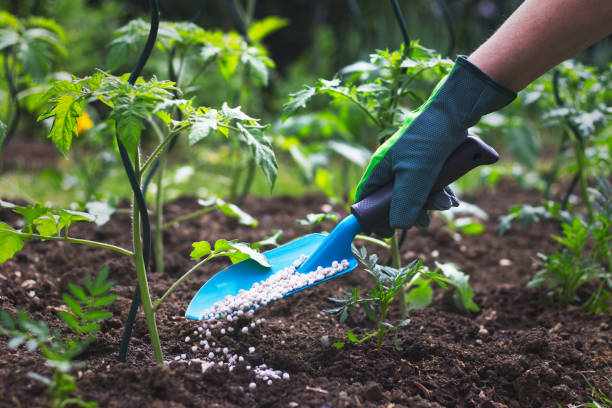
The global Fertilizers Additive Market size is predicted to reach USD 4.18 billion by 2030 with a CAGR of 3.4%. The fertilizers additive market is experiencing significant growth in 2025, propelled by the global push for sustainable agriculture, rising food demand, and technological advancements. But what are the key factors fueling this surge, and how are they shaping the future of agricultural productivity? This article explores the latest developments, market trends, and innovations driving the fertilizers additive market, with a focus on recent news and global dynamics.
Sustainability and Environmental Concerns
The global shift toward sustainable farming practices is a major driver of the fertilizers additive market. Additives like anti-caking agents, corrosion inhibitors, and biodegradable enhancers improve fertilizer efficiency, reducing environmental impact. A May 2025 report highlights the rise of biodegradable enhancers, which align with eco-friendly farming trends by minimizing chemical runoff and soil degradation. These innovations are critical as regulations, particularly in Europe and North America, push for reduced chemical waste.
Precision Farming and Technological Advancements
The integration of precision farming technologies is revolutionizing the fertilizers additive market. Automation and control systems, including GPS-based tools and sensors, enable precise application of fertilizers, reducing waste and optimizing nutrient delivery. Additives like hydrophobic agents and stabilizers enhance the performance of fertilizers in these systems, ensuring nutrients are absorbed efficiently.
A notable development in 2025 is the use of AI and automation in fertilizer application. Companies like BASF SE and Yara International ASA are investing in smart additives that work with precision farming tools to deliver nutrients based on real-time soil and crop data. This not only boosts crop yields but also aligns with the global emphasis on resource efficiency. In India, the adoption of such technologies is accelerating, supported by government initiatives like the Digital Agriculture Mission.
Supply Chain Challenges and Price Volatility
The fertilizers additive market is not without challenges, particularly due to supply chain disruptions and price volatility. A June 2025 report notes that geopolitical tensions, such as the ongoing unrest in Ukraine, have limited the availability of key fertilizer components, driving up prices. These fluctuations impact the cost of additives, as many rely on raw materials like phosphates and nitrogen compounds.
In India, China’s export restrictions on fertilizers like diammonium phosphate (DAP) have led to a supply squeeze, prompting companies like Coromandel International and Gujarat State Fertilizers & Chemicals to market alternative products like ammonium phosphate sulfate (APS) and single super phosphate (SSP). Sales of SSP increased from 3.9 lakh tonnes in April-May 2024 to 5.1 lakh tonnes in April-May 2025, reflecting adaptability to supply constraints. Additives that enhance the efficacy of these alternatives are in high demand.
Bio-Based and Organic Additives
The rise of biofertilizers and organic additives is a significant trend in 2025. Biofertilizers, enhanced by additives like biochar and microbial inoculants, improve soil health and protect crops against drought while reducing environmental harm. Companies like Novozymes A/S and Lallemand Inc. are leading this shift, focusing on sustainable solutions.
In the U.S., agricultural cooperatives are increasing investments in locally sourced organic additives to support sustainable farming, a trend reported in June 2025. These additives enhance the performance of organic fertilizers, which are seeing strong demand due to consumer preference for clean-label products. The organic fertilizers market’s growth to USD 23 billion by 2031 underscores the role of additives in this segment.
Regional Dynamics and Market Segmentation
The Asia-Pacific region, particularly India, is a key growth area for the fertilizers additive market due to its large agricultural base and government support. The market is segmented by function (anti-caking agents, corrosion inhibitors, hydrophobic agents), end-product (urea, ammonium nitrate), and region. Anti-caking agents dominate due to their role in preventing clumping in humid conditions, a critical factor in India’s monsoon-driven agriculture.
The chemical industry’s reliance on nitrogen-based fertilizers like urea drives demand for additives that improve stability and application efficiency. In India, the fertilizers market is projected to reach USD 62.83 billion by 2030, with additives playing a crucial role in enhancing productivity.
Challenges and Opportunities
High raw material costs and supply chain disruptions pose challenges, particularly in regions dependent on imports. However, opportunities lie in the development of bio-based additives and the integration of AI-driven precision farming.
Conclusion
The fertilizers additive market in 2025 is thriving, driven by sustainability trends, precision farming, and the rise of bio-based solutions. Innovations in AI and biodegradable enhancers are transforming agriculture, while challenges like supply chain disruptions and price volatility persist. In India, government support and adaptability to supply constraints are fueling market expansion. As the industry embraces sustainable practices, the fertilizers additive market is set to play a pivotal role in ensuring global food security.



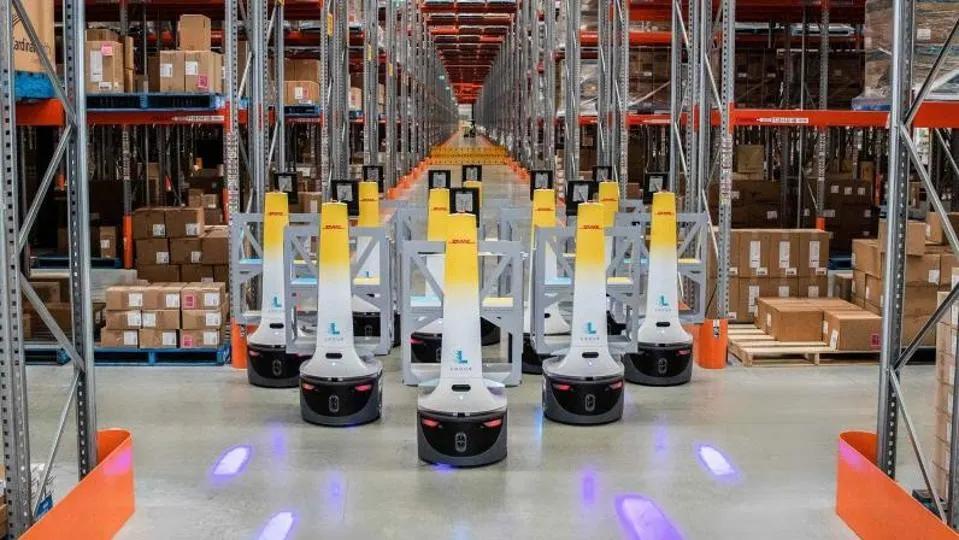
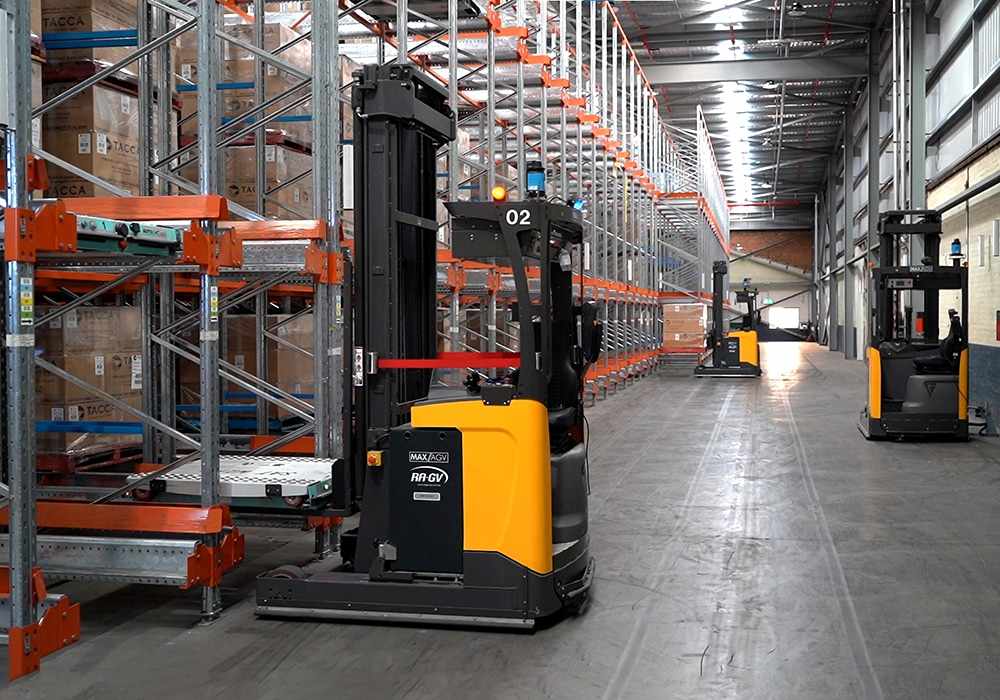
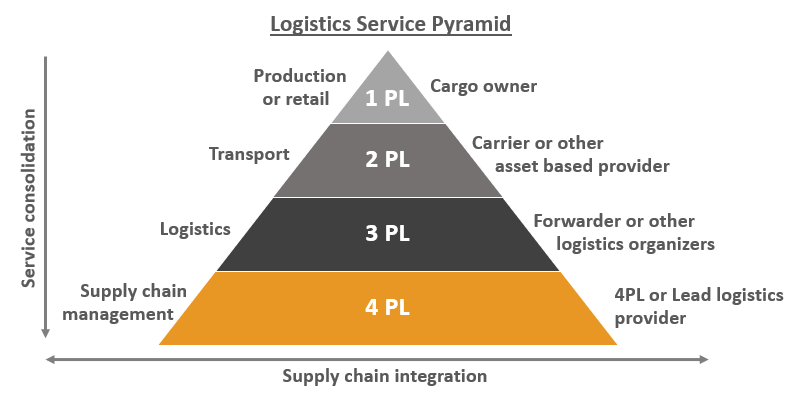


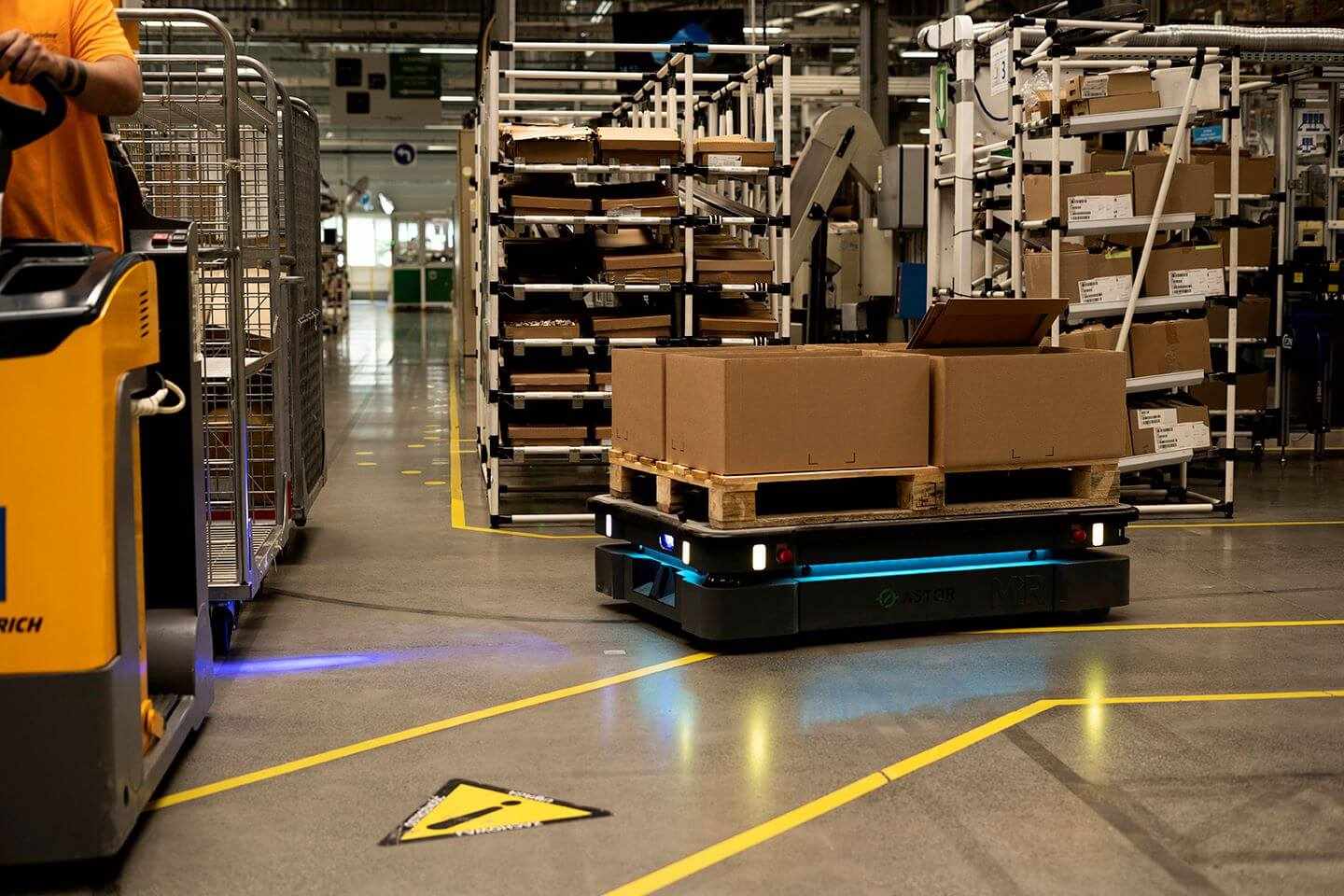
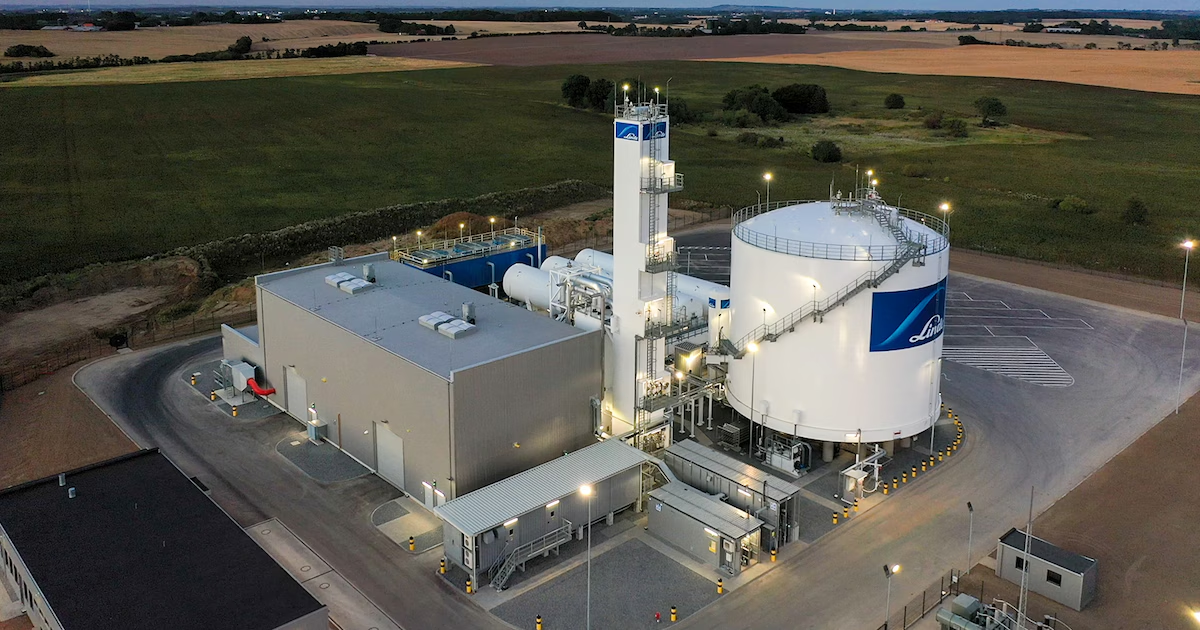
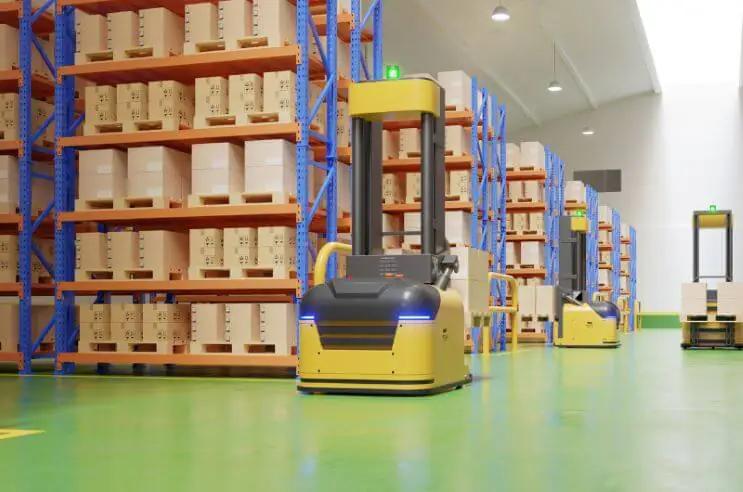

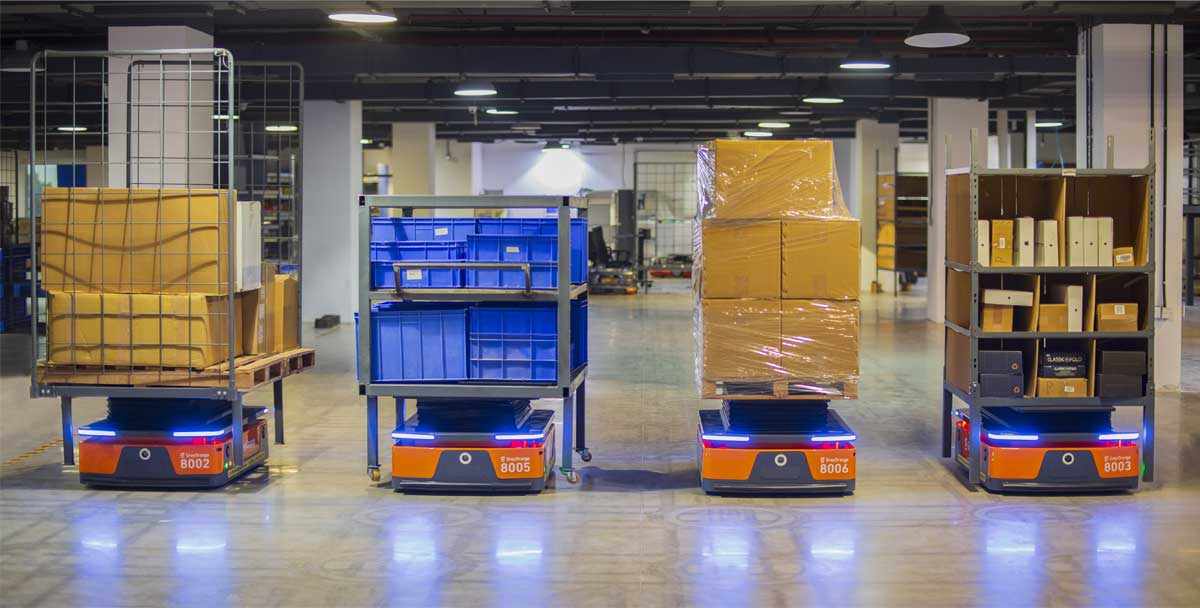

Write a comment ...